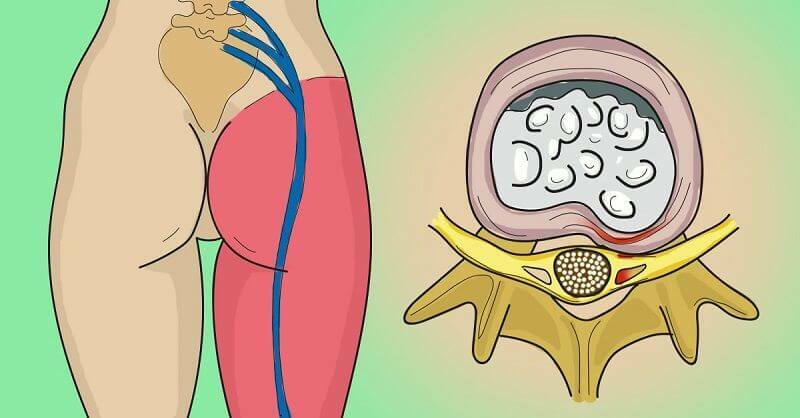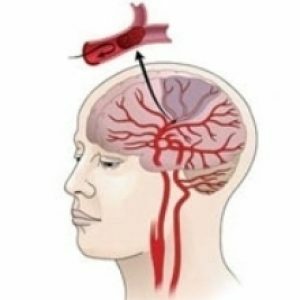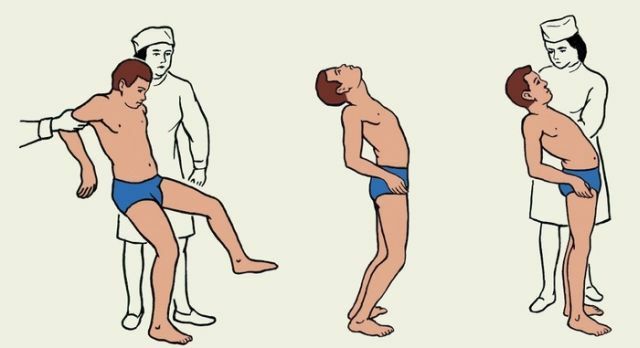Neuralgia: types, symptoms and treatment
 Neuralgia refers to a condition that occurs when the peripheral nerve is injured and is always accompanied by a sharp, sudden pain.The disease is well understood, doctors know perfectly well how and what can help the patient - neuralgia requires immediate intervention on the part of professionals.
Neuralgia refers to a condition that occurs when the peripheral nerve is injured and is always accompanied by a sharp, sudden pain.The disease is well understood, doctors know perfectly well how and what can help the patient - neuralgia requires immediate intervention on the part of professionals.
Causes of neuralgia
The occurrence of neuralgia can be caused by several factors:
- regular supercooling;
- various injuries;
- intoxication processes;
- stress;
- tumors of benign and / or malignant nature;
- various inflammatory diseases;
- demyelinating processes.
Types and symptoms of neuralgia
In medicine, there are several types of neuralgia - their classification depends on which particular peripheral nerve is affected.
Neuralgia of the trigeminal nerve
It is believed that this nerve is most often affected, and in fact it provides the tactile sensitivity of the face. Symptoms of this kind of neuralgia are:
- Acute pain.It is so sharp that many patients describe it as "incompatible with life."It differs by a clear localization - the syndrome occurs only on one side, just on the one where the trigeminal nerve is affected.
- Vegetative reactions.They always occur against a background of powerful pain - for example, lacrimation, profuse salivation.
It is noteworthy that pain associated with inflammation of the trigeminal nerve can arise as a reaction of the body to movements of the jaws( even minimal), conversation or shaving.
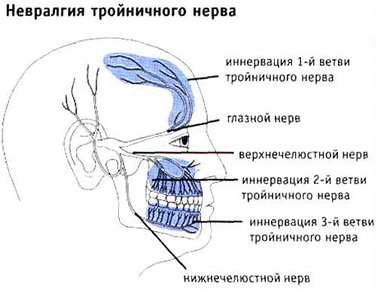
Note: if the mandibular branch of the trigeminal nerve is affected, then various motor disorders in the masticatory muscles may occur-for example, atrophy, spasms, twitching.
The course of trigeminal neuralgia is usually prolonged, the periods of exacerbation and remission often change.It is worth noting that patients in most cases manage to achieve a long, persistent remission.
Neuralgia of the glossopharyngeal nerve
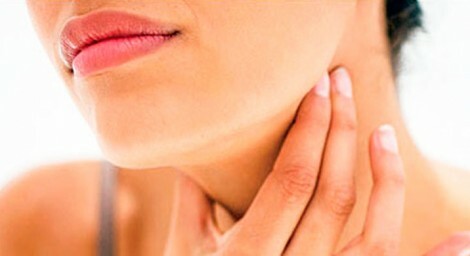 The glossopharyngeal nerve provides the sensitivity of the tonsils, the tympanum in the ear, the tongue.The same nerve is responsible for the normal functionality of the parotid gland and the motor activity of the pharyngeal muscles.
The glossopharyngeal nerve provides the sensitivity of the tonsils, the tympanum in the ear, the tongue.The same nerve is responsible for the normal functionality of the parotid gland and the motor activity of the pharyngeal muscles.
Note: is the neuralgia of the glossopharyngeal nerve which can be provoked by various diseases - for example, it can be caused by tonsillitis, tonsillitis( inflammation of the tonsils), influenza.
The main symptom of this type of neuralgia is pain with localization in the ear, the back of the tongue and the soft palate.Pain is always paroxysmal, acute and short.Naturally, a powerful pain syndrome is always accompanied by vegetative reactions - in this case it will be loss of taste sensitivity of the tongue, a cardinal change in taste sensations( often all food and even ordinary water become bitter in taste), dryness in the throat.
Neuralgia of the glossopharyngeal nerve can be provoked by talking, swallowing, the process of yawning.The first sign of the condition in question can also arise when you take too hot and / or too cold food.
Neuralgia of the winged nod
Most often this type of the disease under consideration arises against the background of inflammatory diseases of the ENT organs.The very first symptom of neuralgia of the pterygoid node is, of course, pain, but with a specific localization - the area of the orbit-the root of the tongue-the teeth of the upper jaw.Pain can irradiate to the temple and neck, but the patient will in any case accurately indicate the area of the syndrome.
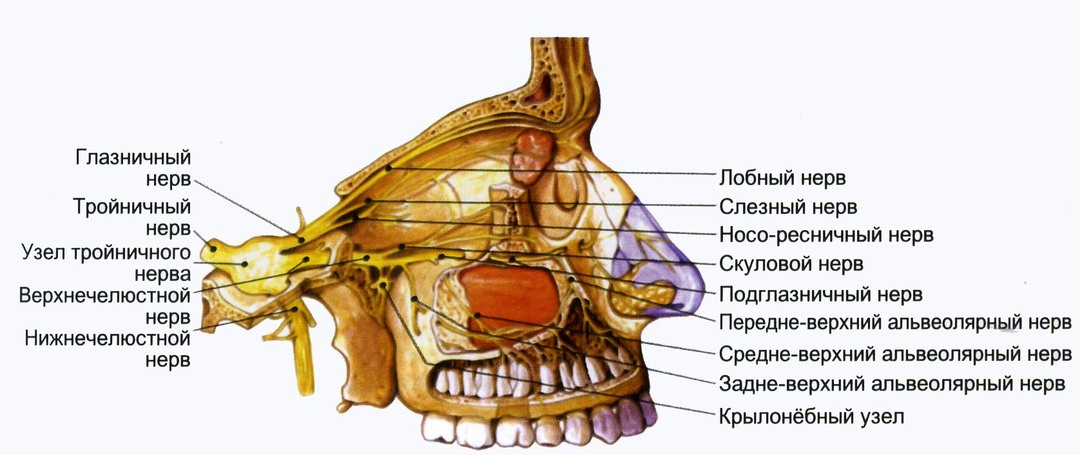
Very often the attack of pain in the neuralgia of the pterygoid node occurs at night, it can last several minutes, but quite often the duration is several hours and even days.
This kind of the disease under consideration always has a long duration, proceeds with a change in the periods of remission and exacerbation, another attack can be triggered by overwork, a common cold and even just strong emotions( whether positive or negative).
Herpetic neuralgia
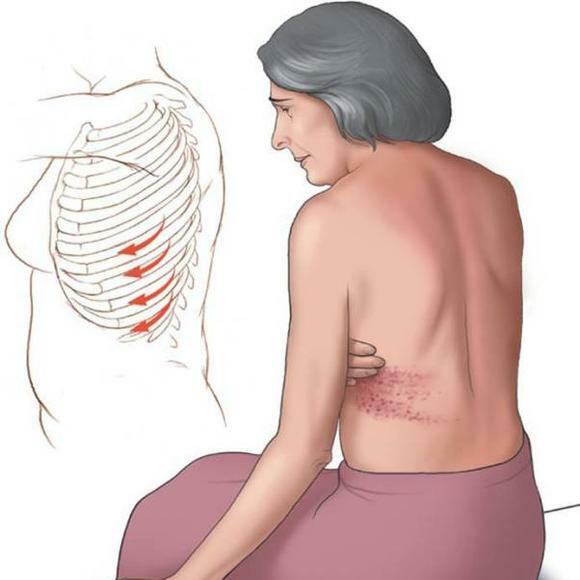 This type of the considered disease belongs to the list of possible complications against the background of the progression of herpetic infection.Very often, such neuralgia is diagnosed if the herpes has developed in old age or in patients with a reduced level of immunity.
This type of the considered disease belongs to the list of possible complications against the background of the progression of herpetic infection.Very often, such neuralgia is diagnosed if the herpes has developed in old age or in patients with a reduced level of immunity.
A characteristic feature of herpetic neuralgia is that pain occurs only in the areas of infection, and even an intense pain syndrome can last several days and months( up to six months).Patients often characterize pain differently in the form of neuralgia considered - stupid, stitching, cutting, burning, shooting, deep.
Note: attack of pain in herpetic neuralgia can occur even with a slight touch to the affected area - for example, during dressing.
Neuralgia of the external cutaneous nerve of the thigh
This kind of neuralgia is also called Roth's disease, characterized by pain, tingling and burning of the front external part of the thigh.Attacks of pain can be rare, and can disturb the patient and constantly.
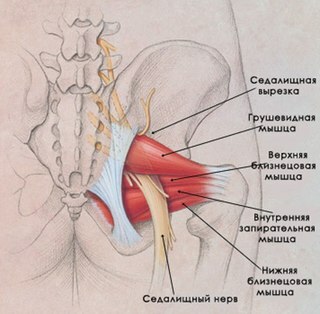
The causes of neuralgia of the external cutaneous nerve of the hip can be pregnancy, trauma in the groin or hip area, with prolonged wearing of the bandage, against the background of diseases of the lower extremities of the vascular nature.
Neuralgia of the intercostal
The main symptom is pain with localization along the intercostal nerve, which is sharply increased when inhaling, turning the trunk, and any movements.Coughing and sneezing cause intense pain in general, and even the touch can not be touched because of it.The result of such severe pain will be forced breathing delay and almost complete immobility of the patient - this is due to fear of experiencing another "portion" of unpleasant sensations.
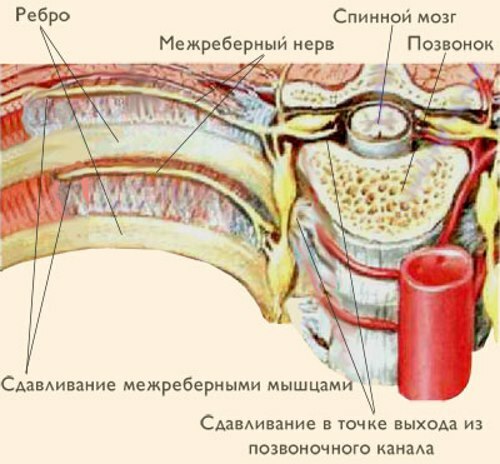
Many factors can provoke the development of intercostal neuralgia:
- prolonged exposure in an uncomfortable position;
- strong and protracted cough;
- excessive load;
- diseases of the inflammatory respiratory system;
- pathology of the thoracic spine.
Note: , if you experience symptoms of intercostal neuralgia, you should definitely go to the doctor's office to avoid diseases with similar symptoms, including pleurisy, pneumonia and pneumothorax.If the pain is localized on the left side, then you need to seek help from a cardiologist who will conduct a specific examination( electrocardiogram) and exclude( or confirm) the progression of myocardial infarction or angina pectoris.
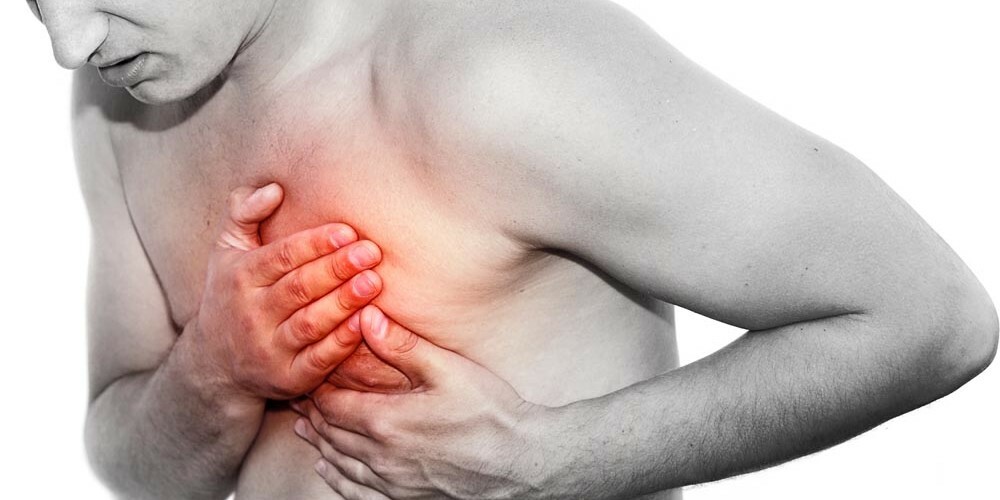
Rules for the treatment of neuralgia at home
To treat this disease is necessary under the supervision of specialists - they will conduct a full examination of the patient and make competent appointments, especially since the drugs are selected individually.
Medical therapy
It is compulsory neuralgia of any kind is treated with the use of specific medications.Of course, specific medicines and dosages should be selected by a doctor, but there is also a general list of effective medicines prescribed for diagnosing the disease in question. These include:
- muscle relaxants - sirdalud, midokalm, baclofen;
- preparations with anticonvulsant action - gabatin, finlepsin, tebantin, carbamazepim;
- ointments and gels of topical application - fastem gel, diprilif, apizartron;
- vitamins from the line B - milgamma, neurorubin, cocarinate.
Physiotherapy purposes
Physiotherapy plays a major role in recovery, and in some cases doctors prefer to dispense with prescribing medications - for example, if the patient claims that the pain is of a non-intensive nature.Most often the following physiotherapeutic purposes are made:
- For trigeminal neuralgia in the acute stage - infra-red rays in a weak dosage, exposure to a Solux lamp, electrophoresis with an anesthetic( novocaine) and vitamins, ultrasound with hydrocortisone to the affected areas.
- For trigeminal neuralgia in remission - massage of the collar zone of the spinal column, application of paraffin to the affected half of the face, baths with sea or hydrogen sulfide water, acupuncture and reflexology.
Note: if the periods of exacerbation occur too often, it is advisable to perform magnetic resonance imaging( this will help to establish more accurate causes of the disease) in case of trigeminal neuralgia and to give preference to surgical treatment.
-
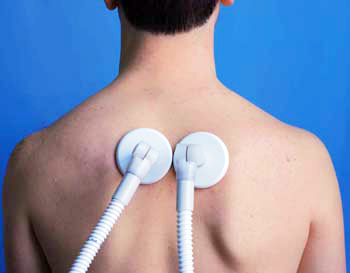 For neuralgia of the glossopharyngeal nerve, the doctor will prescribe ultrasound with analgin, laserpuncture, neck and collar massage of the spinal column, reflexotherapy.If the pain with this form of neuralgia is too intense, it is not removed even by strong painkillers, it is advisable to treat the root of the tongue with dicain.
For neuralgia of the glossopharyngeal nerve, the doctor will prescribe ultrasound with analgin, laserpuncture, neck and collar massage of the spinal column, reflexotherapy.If the pain with this form of neuralgia is too intense, it is not removed even by strong painkillers, it is advisable to treat the root of the tongue with dicain. - For neuralgia of intercostal appearance, ultraviolet irradiation of segmental zones, electrophoresis with lidocaine in pain areas, mud applications, hydrogen sulphide baths, massage, ozocerite applications and radon baths will be effective.
- For neuralgia of the femoral nerve, the doctor recommends electrophoresis with novocaine or lidocaine, magnetotherapy, lower limb massage and lumbar spine.
If neuralgia was diagnosed against a background of muscular atrophy, then patients are additionally assigned exercise therapy, swimming, aerobics and gym visits will be effective.
Treatment of neuralgia with folk remedies
Of course, in the category of "folk medicine", there are means for alleviating the condition of a patient with neuralgia.But pay attention - it is for relief, but not for treatment!Doctors recommend the use of folk remedies during periods of remission - this will help to prolong the period, or with non-intensive pain.
Effective methods for neuralgia from the category of "traditional medicine":
- Prepare a decoction of chamomile medication according to the classic prescription( 1 tablespoon per cup of boiling water, insist for 15 minutes and strain), a small amount of a prescriptionIn the mouth and hold there for 5 minutes. Such "approaches" need to be made at least 5 per procedure.Very good for trigeminal neuralgia.
- Make a compress with the decoction of the althea root( 4 tablespoons of raw material are poured into a glass of water, the agent takes 8 hours) and apply a compress on the affected side of the face( on the cheek).It is advisable to make this compress at night, to take off in the morning.It is advisable to treat thus trigeminal neuralgia.
- During the pain, apply any heat to the problem place, but the healers recommend using a boiled chicken egg for this - it needs to be cleared from the shell and cut along, and it is necessary to apply the side of the yolk to the sore spot.
Neuralgia of any kind is a real test for a person, so do not try to remove pain syndrome on your own and use powerful painkillers to relieve the condition.Only a doctor will be able to provide real help - you do not need to delay for a visit to a medical institution.
Tsygankova Yana Aleksandrovna, medical reviewer, therapeutist of the highest qualification category.

